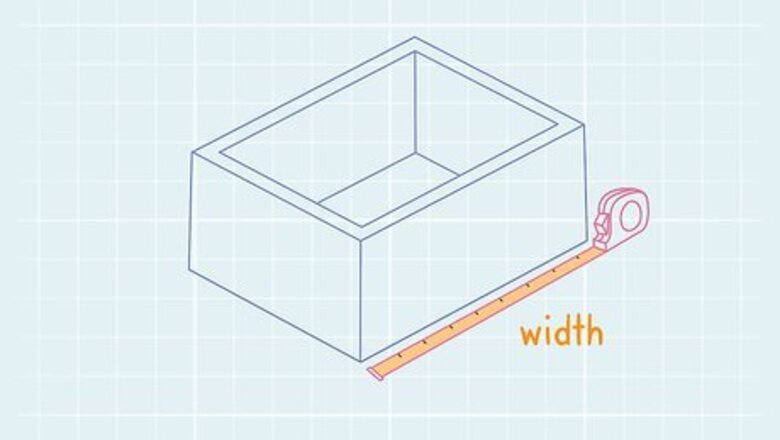
views
Calculating the Volume of Square and Rectangular Tanks
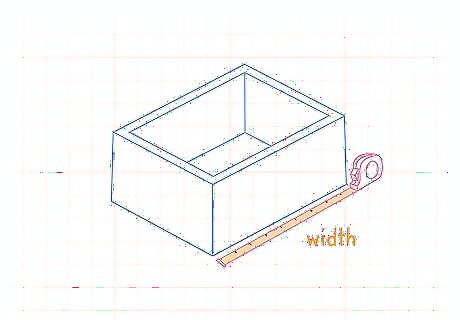
Use a tape measure to find the width of the tank in inches. Stretch your tape measure along the tank’s longest side. Rectangular tanks will have 2 long sides and 2 short sides—either one of the long sides will do. Be sure to jot down your measurements on a scrap piece of paper so you won’t have to try to keep up with them mentally. If the tank you’re measuring is a square, each side will have the same dimensions, so you’ll only need to measure a single side in order to calculate its volume. The vast majority of fish tanks and aquariums are square or rectangular, so this is the method you'll want to use if you're an aquatic wildlife enthusiast.Tip: You can measure either the inside or outside of the tank's walls. To get the most precise estimate possible, however, you’ll want to measure the exterior, then subtract the width of the walls from your width and depth measurements.
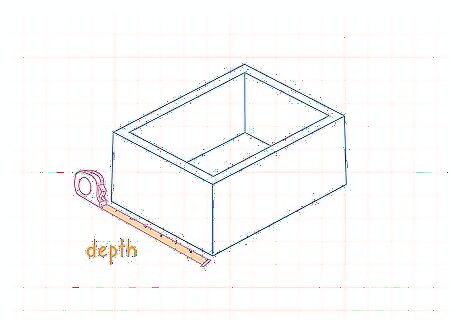
Measure the depth of the tank. Turn your tape measure 90 degrees and measure one of the shorter neighboring sides that runs from front to back. This measurement corresponds to the tank’s depth. Write the number down beside your length measurement, taking care to label which is which to avoid confusion. Depending on the shape of the tank, it may not be easy to tell which side is longer than the other. Just remember that the width and depth will always be perpendicular to one another rather than parallel. In truth, it doesn’t matter what order you measure the sides in, so long as you end up with 3 distinct measurements.

Determine the tank’s height. For your final measurement, extend your tape measure from the top of the tank to the bottom and record its vertical dimension. Now that you’ve taken a trio of measurements, you can use simple math to quickly figure out the tank’s volume. If the tank is resting on another surface and can’t easily be moved, you may need to measure from the supporting surface to the top of the tank. Lay a ruler across the tank’s upper edge and use it to square your tape measure.

Multiply the 3 measurements together. Punch the numbers into a calculator, pressing the “x” button after each one. When you hit the “=” button, the number you get will be the volume of the tank in cubic inches (since inches were your initial unit of measurement). If your tank is 36 in. long, 18 in. wide, and 18 in. deep, its volume in cubic inches would be 11,664. Don’t sweat it if you don’t have your device or a standalone calculator handy—you can multiply large numbers on paper or in your head in seconds.

Divide the tank's volume in cubic inches by 231 to convert to gallons. Press the “÷” button, then enter “231” and hit “=” a second time. Dividing by 231, which is the number of cubic inches in a gallon, will tell you exactly how many gallons your tank will hold when filled to capacity. It’s that easy! Sticking with the previous example, dividing 11,664 by 231 would give you 50 gallons (or 50.5, to be precise). If you don’t feel like going to the trouble of crunching all those numbers yourself, pull up a liquid volume calculator online, enter your measurements, and let it do the work for you.
Finding the Capacity of Cylindrical Tanks
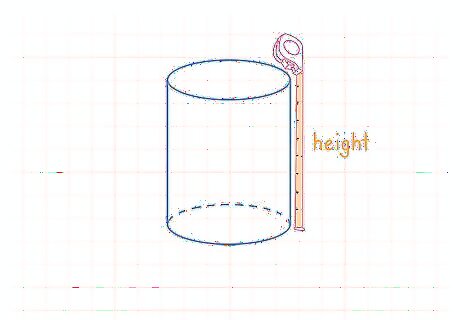
Measure the tank’s height in inches. Align the end of a tape measure with the top of the tank and unwind the tape until you reach the bottom edge or vice versa. Make sure you have a piece of paper and a writing utensil on standby, as you’ll be making use of this number later on. Most types of storage tanks are manufactured in neat, standardized dimensions, so you shouldn’t have to worry about getting some sort of weird irregular number. The formula you’ll be using will be the same whether your tank is situated upright or horizontally—if it’s on its side, simply substitute the term “length” for “height.” Rounded tanks are less common than rectangular ones, but it can still be helpful to know how to measure the volume of one for a school assignment or work-related project.
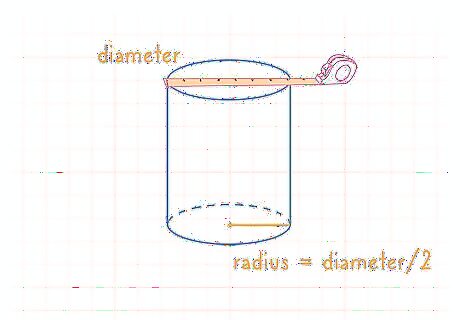
Find the radius of the tank by measuring its diameter and dividing by 2. The radius of a circle is simply half of its total diameter. Record the radius of your tank in inches next to the height measurement that you just took. Believe it or not, this is all the measuring you’ll need to do! If your tank measures 16 inches across, it would, therefore, have a radius of 8 inches. In cases where you get an odd diameter, like 16.25, it’s likely due to the thickness of the walls. If each wall is 0.125 inches thick, together they would make up one-quarter of an inch. Since this space wouldn’t be reflected in the tank’s volume, it’s safe to round down.

Square the tank’s radius. To “square” a number, you simply multiply it by itself. In keeping with the previous example, 8 x 8 (8 being the radius of your tank) = 64. Halfway there! Copy down this number beside your height and radius measurements. You may want to grab a calculator for this step if unpacking mathematical equations on paper isn’t your thing.

Multiply the radius squared by 3.1416. If this number looks familiar to you, it’s because it’s the first 5 digits of pi, which is a mathematical constant used to calculate the area of a circle. Since your tank is rounded, finding its area in 2 dimensions is the first step to figuring out its internal volume. Multiplying 64, the squared radius of your tank from the running example, by 3.1416 gives you 201. In other words, each of the tank’s circular faces has an area of 201 square inches.
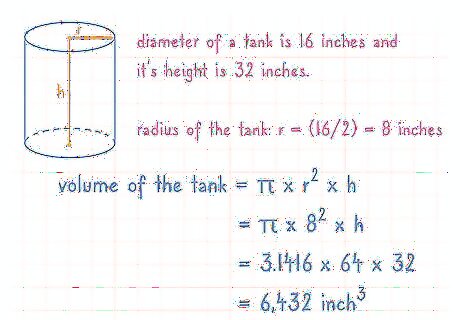
Multiply this number by the tank's height to get its volume in cubic inches. This is where your first measurement will come into play. Once you’ve found the area of the circular end of your tank, hit the “x” button on your calculator and enter its height dimension. Write down the resulting number and get ready to make your final calculation. Say your tank is 32 inches tall (or long). 201 x 32 = 6,432. That’s a lot of cubic inches!Warning: Be careful not to put too many dimensions into your calculator. Remember, you only need the height and the radius of one of the ends, not both.
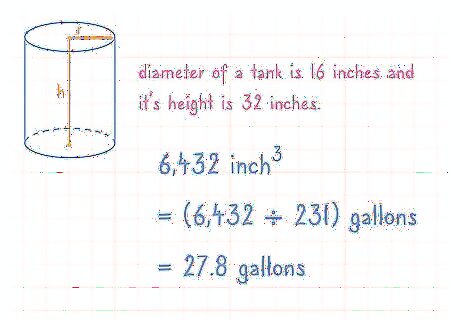
Divide by 231 to find out how many gallons your tank holds. There are exactly 231 cubic inches in a gallon. For this reason, using it as your divisor will convert the volume you’ve tabbed out from cubic inches into gallons. Success! Do the math: 6,432 ÷ 231 = 27.8. That’s about 28 gallons. If you live in the UK, don’t forget to go by Imperial gallons rather than U.S. gallons. This would make the conversion value 277.42 instead of 231.




















Comments
0 comment